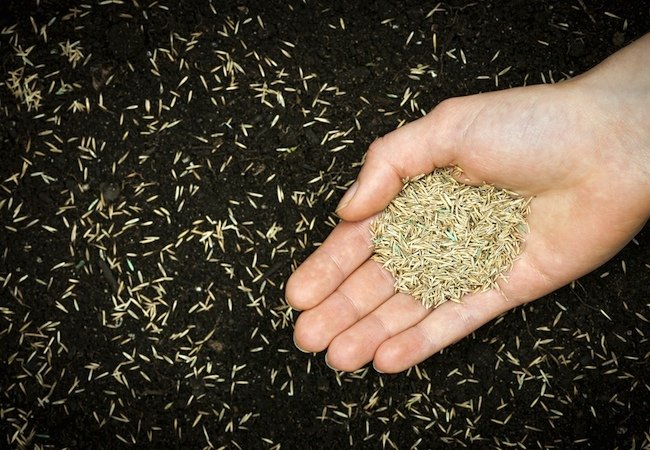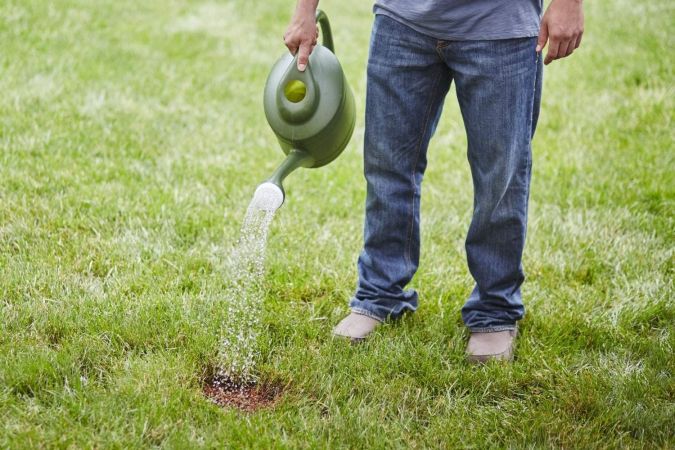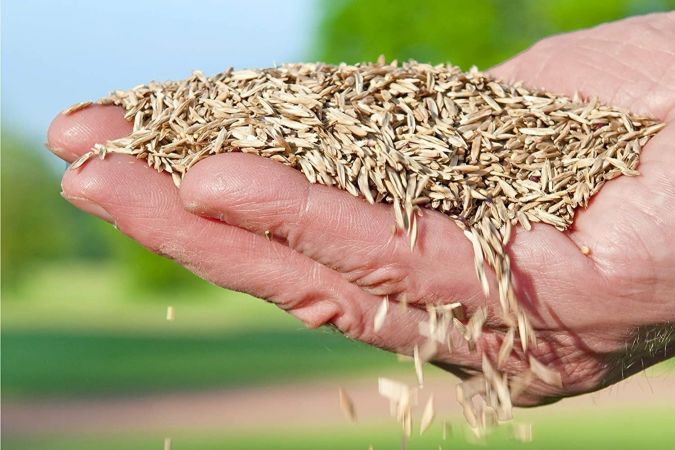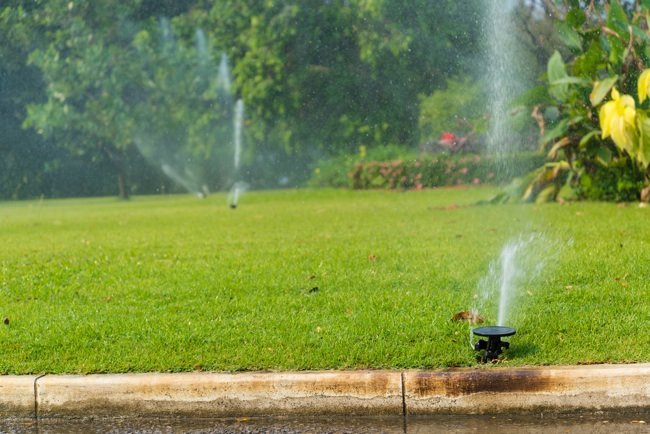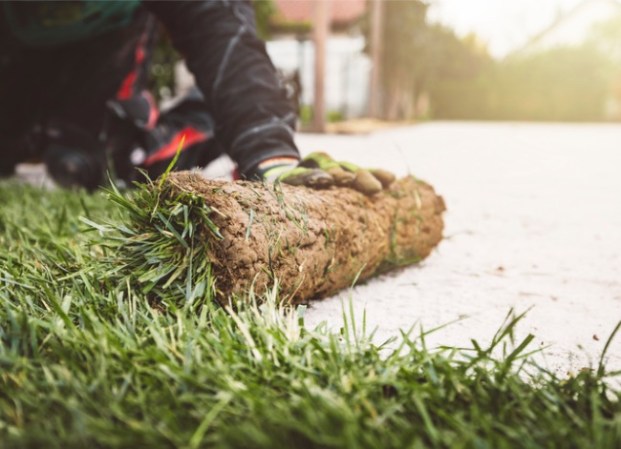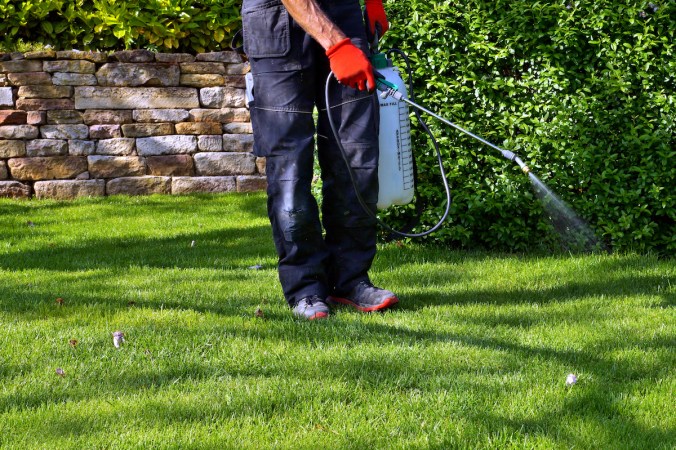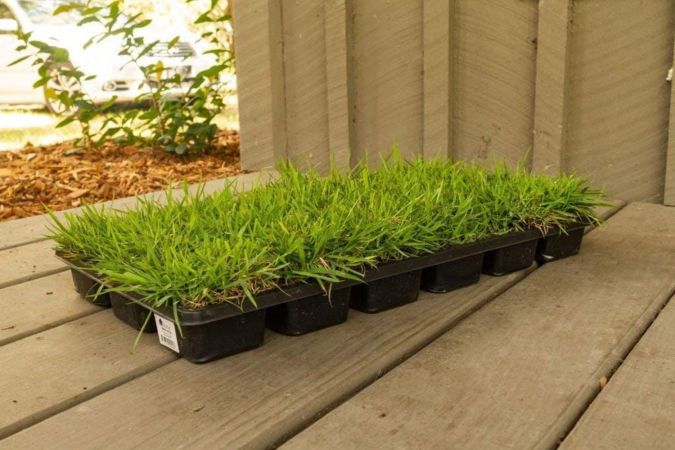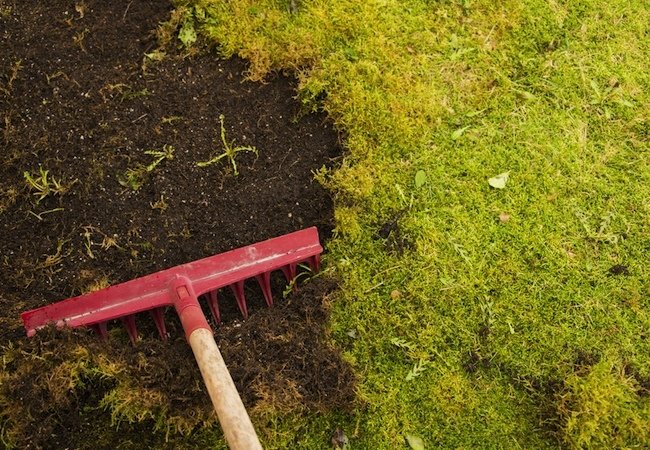We may earn revenue from the products available on this page and participate in affiliate programs. Learn More ›
Do you want to establish a new lawn or rescue a worse-for-wear patch on your property? The solution is, of course, to plant grass seed. But to do so successfully, you must bear in mind several considerations. It’s not quite as simple as spreading seeds over the ground, adding water, and waiting for sun. If you follow these few steps, however, you should find that it’s not overly challenging to plant grass seed—and it’s very rewarding to watch a lush carpet of green slowly take form!
Tools & Materials
Bobvila.com may earn a commission from purchases made through these links.
Step 1
Start by identifying and purchasing a good-quality grass seed. To narrow the field of options, focus on only those products rated by the National Turf Evaluation Program. Its approval indicates that the seeds in question are hardy and resistant to disease, pests, and drought. Bear in mind that countless types of seed are out there, so you should be able to choose a variety that responds to your individual needs. For example, some grass seeds have been bred to thrive in shade.

Step 2
Spring and fall are the best times of year to sow grass seed; average temperatures are warm enough to foster seed germination yet wet enough to support healthy development. If you are planting in the fall, leave enough time before the onset of winter. Because different types of grasses take different amounts of time to germinate, consult the seed company’s recommendations and your local weather forecast before you sow grass seed in the fall.
Step 3
Take care to prepare the ground in which you are going to sow the seeds. If you are establishing a new lawn, it’s recommended that you loosen the soil to a depth of two inches, removing debris such as sticks and stones in order to maintain adequate air circulation. Add topsoil wherever you detect dips or depressions in the soil grade, because grass tends not to fare well under standing water.
It’s comparatively easier to prepare an existing lawn for reseeding. First, mow the grass that’s already there; cut it as closely as you can to the ground. In the bare areas, loosen the top quarter-inch of soil. Remove any sticks or stones and add new topsoil to level out any sections that are lower than grade.
Step 4
At last, you can begin spreading seeds over the ground. You can do this by hand or with a lawn spreader. In either case, aim to deposit about 16 seeds over each square inch of soil. No, you don’t need to count out the seeds, but for your grass to achieve even coverage, you’ve got to plant seeds in the appropriate density.
Fertilize once you’ve finished seeding. After that, it’s a matter of watering—but never over-watering—the newly planted lawn. The best strategy is to run your sprinklers on a regular basis but for brief durations. Lay off the mower until the grass has risen to a height of about two inches, and remember to water daily.

